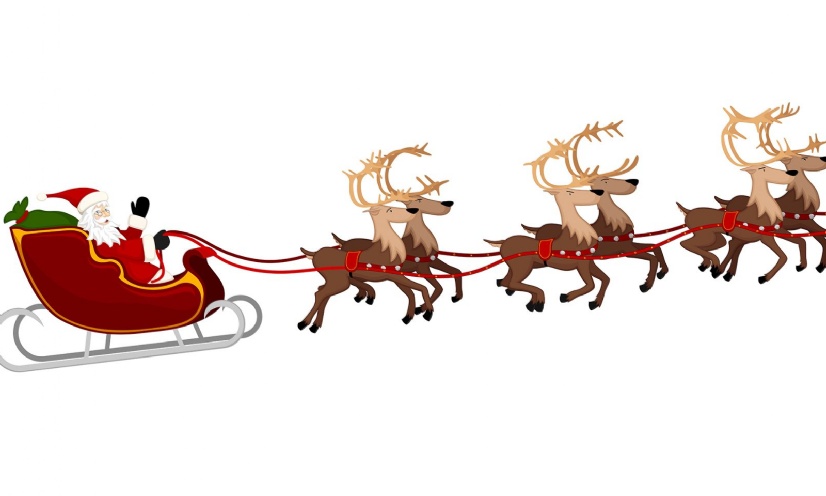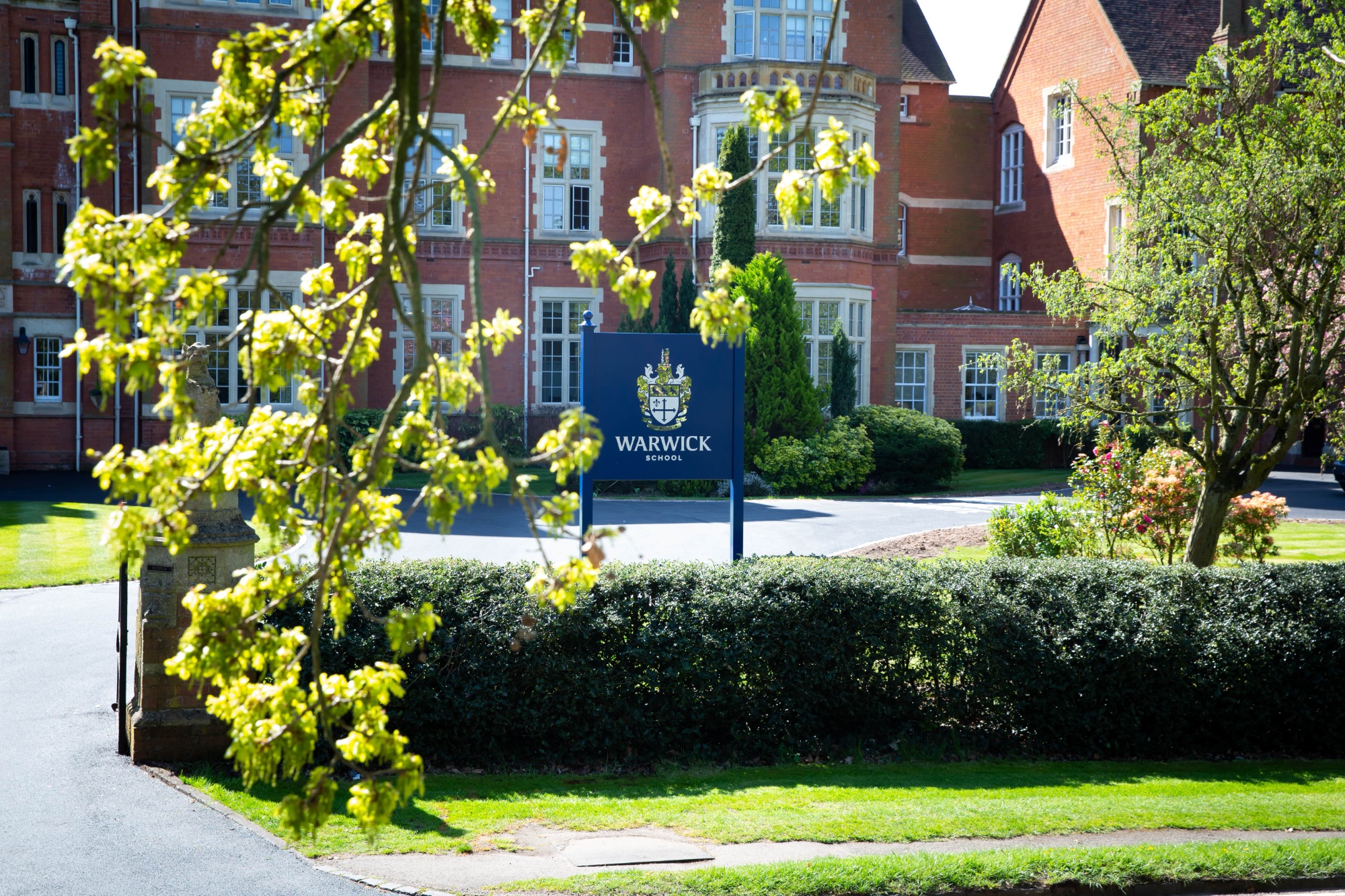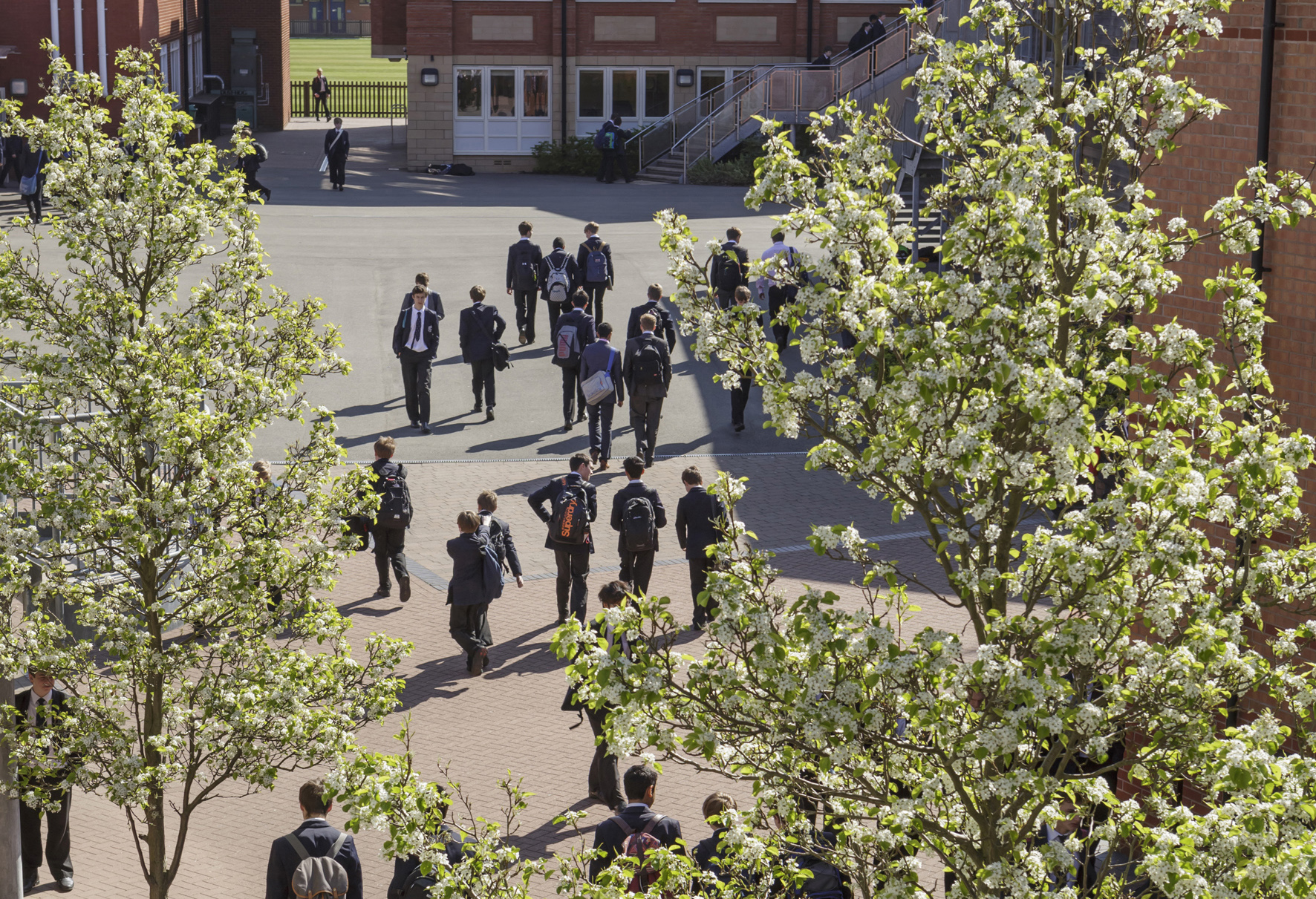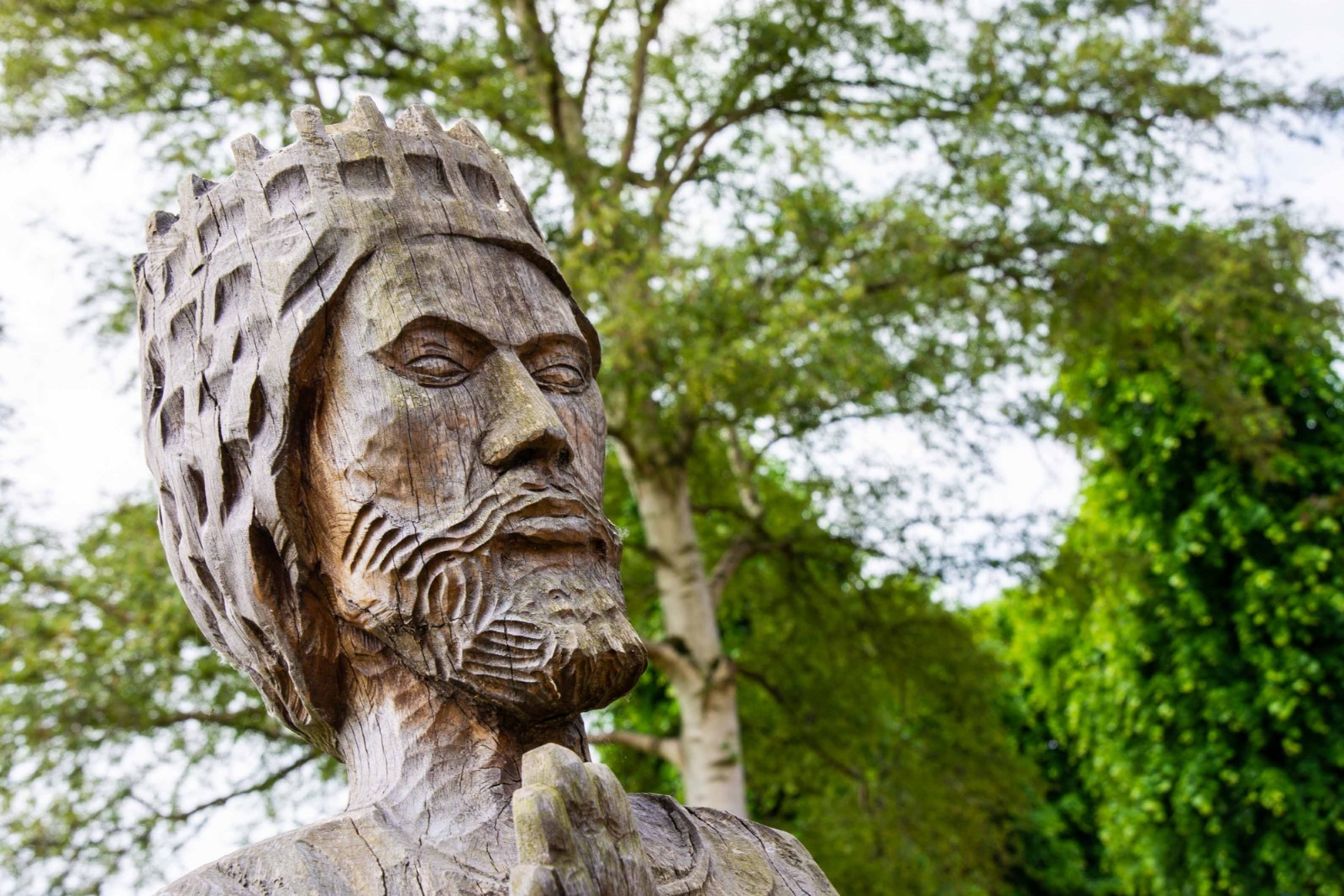11 December 2020

Christmas is coming. As we near the end of what has been a uniquely challenging term, even though this Christmas may be slightly different, it is with great joy that I write these words!
Two weekends ago we went off to buy our tree and when I got home on Tuesday 1st December my partner and my 8-year-old son were decorating the tree and listening to Christmas songs. He had been waiting for me to get home so that he could open the first door of his advent calendar. His advent calendar is one of my favourite Christmas traditions. Rather than a shop bought one we place either a chocolate or a small gift behind each of the twenty-four doors. Sometimes the gift comes in the form of a clue and Rhys must go off around the house and find the hidden present. There is always a clue on the 1st of December. This year was no different and he went off to find a Tom Gates book that we had hidden under the kitchen sink! Today is the 11th of December and the countdown to Santa’s arrival continues and my son’s excitement continues to grow.
The Santa story is a lovely piece of family magic. My son is 8 and still firmly believes in Santa. Recently I stumbled across an article written by a Stanford University Physics student who asked the question what if Father Christmas really could deliver all those presents?
- Assuming that Santa only delivers to good children his workload is about 15% of the world’s total population – about 378 million. At an average rate of 3.5 children per household, that’s 91.8 million homes. One presumes there’s at least one good child in each.
- Santa has 31 hours of Christmas to work with, thanks to the different time zones and the rotation of the earth, assuming he travels east to west (which seems logical). This works out to 822.6 visits per second. This is to say that for each household with good children, Santa has 1/1000th of a second to park, hop out of the sleigh, jump down the chimney, fill the stockings, distribute the remaining presents under the tree, eat whatever snacks have been left, get back up the chimney, get back into the sleigh and move on to the next house.
- Assuming that each of these 91.8 million stops are evenly distributed around the earth (which, of course, we know to be false but for the purposes of our calculations we will accept), we are now talking about 0.78 miles per household, a total trip of 75.5 million miles, not counting stops to do what most of us must do at least once every 31 hours and go to the toilet, plus feeding etc.
- This means that Santa’s sleigh is moving at 650 miles per second, 3,000 times the speed of sound.
- Assuming that each child gets the equivalent of a medium-sized Lego set (2 pounds), the sleigh is carrying 321,300 tons, not counting Santa, who is invariably described as overweight. On land, conventional reindeer can pull no more than 300 pounds. Even granting that “flying reindeer” could pull TEN TIMES the normal amount, we need 214,200 reindeer. This increases the payload – not even counting the weight of the sleigh – to 353,430 tons.
- 353,000 tons travelling at 650 miles per second creates enormous air resistance – this will heat the reindeer up in the same fashion as spacecraft re-entering the earth’s atmosphere. The lead pair of reindeer will absorb 14.3 QUINTILLION joules of energy. Per second. Each. In short, they will burst into flames almost instantaneously, exposing the reindeer behind them, and create deafening sonic booms in their wake. The entire reindeer team will be vaporised within 4.26 thousandths of a second. Santa, meanwhile, will be subjected to centrifugal forces 17,500.06 times greater than gravity. A 250-pound Santa (which seems ludicrously slim) would be pinned to the back of his sleigh by 4,315,015 pounds of force.
It all seems a little implausible! Don’t you think? But still every Christmas there is magic in our house and when you start to think about life much of it is far more magical and astonishing than this. If for example, you start to contemplate the scale of the solar system and the distances to the stars you begin to realise just how empty space is. If the size of the sun were reduced by a factor of 10 billion it would be the size of a small ball, approximately 14cm in diameter. Earth would be 15m away from it and the size of a grain of sand. Jupiter the largest planet in our solar system would be 1.43cm in diameter the size of marble and 77.8m from the ball representing the sun. Pluto, which was recently downgraded from planet to dwarf planet by the International Astronomical Union, would be the size of a speck of dust and 591m, nearly one and half times around an athletics track, away from our sun. These awe-inspiring facts are incredibly profound. The very fact of our existence on Earth is incredibly improbable. The American Astronomer Carl Sagan once wrote,
‘Look again at that dot. That’s here. That’s home. That’s us. On it everyone you love, everyone you know, everyone you ever heard of, every human being who ever was, lived out their lives. The aggregate of our joy and suffering, thousands of confident religions, ideologies, and economic doctrines, every hunter and forager, every hero and coward, every creator and destroyer of civilization, every king and peasant, every young couple in love, every mother and father, hopeful child, inventor and explorer, every teacher of morals, every corrupt politician, every “superstar”, every “supreme leader,” every saint and sinner in the history of our species lived there – on a mote of dust suspended in a sunbeam.’
The mathematical physicist Roger Penrose once calculated, and don’t ask me how he did this that the probability of an ordered universe in which life can exist is 10 to the power of 123 to 1. In other words, even more improbable than Father Christmas!
Surely then the very fact of our existence on Earth is the greatest wonder of all and the greatest thing we can do is to look after each other, to be kind, to be generous, forgiving and loving and look after the miraculous planet we’re on. This is the magic of Christmas and every other day we live, and this is worth celebrating. Whatever you believe about Santa, Christmas is a magical time of year because we are joined together in celebrating the amazing fact of our existence and rarely has this celebration been more necessary than this year.











